
Barry Svrluga
Biography
Barry Svrluga grew up in Boston, Massachusetts and went on to attend Duke University. Upon graduation, he landed a job at The Leader in Corning, New York. From there, Svrluga wanted to keep moving his way up to bigger newspapers like The Portland Press Herald and The News & Observer. Eventually, Svrluga interviewed for the Washington Post and eventually was offered a position. He initially covered Maryland football and basketball before securing the Nationals’ beat when they moved from Montreal in 2004.
Svrluga covered the Nationals until 2008, then moved to the Redskins beat until 2011. He worked as a general assignment reporter from 2012-13 before being promoted to national baseball writer. During his time as a national baseball writer, he wrote the book “The Grind: Inside Baseball’s Endless Season,” which explores the difficulties of playing a 162-game baseball season. In December 2016, Svrluga was promoted to sports columnist.
Interviewed by Kyle Melnick in 2016
I was one of those dorky sportswriter wannabes from a young age. I played sports in high school and I kind of realized I wouldn’t be good enough to play in college. I definitely based part of my college choice on where I could go and be exposed to good sports to cover for the school paper. I was editor of my high school paper. It was not something that came to me during college.
I grew up outside of Boston, mostly in the ’80s and early ’90s. There was a lot of great sports stuff going on. Growing up as a sports fan, your early experience is defined by who you’re rooting for and what you’re seeing in front of you. In Boston at the time, the Celtics were huge and the Red Sox were compelling. I also delivered The Boston Globe as a paper boy. That was like a sports bible at the time. They had Peter Gammons covering national baseball, Bob Ryan covering national basketball, Will McDonough covering the NFL, Leigh Montville as the columnist, Dan Shaughnessy on the Red Sox and Jackie MacMullan part-time on the Celtics. It was like an all-star team on your doorstep every day. The Sunday paper must’ve weighed 10 pounds or something. There was just so much in there — so much great writing and reporting. It was a little bit like a daily class. If you go into the dorky sports writer wannabe thing, I got Sports Illustrated from a young age. I had the covers on my bedroom wall for the better part of a decade. If you read enough of that stuff, you learn what you like and what you don’t like, what’s good and what’s not. You form a basis of knowledge of the model of what you might have to pursue as you get into it.
I went to Duke, so that’s a pretty good place to go. They don’t have a big journalism program, but it’s a good place to go if you want to be a sportswriter and cover a big athletic department. I did the typical, covered some lacrosse and ended up doing a lot of men’s basketball as a senior. I don’t think that our college paper was as organized as I think of really good college papers now.
I didn’t want to go to school right near home. But also I wanted to go there and work at the paper and cover stuff that felt big-time. The basketball team at that point, they hadn’t won a national championship yet, but you felt like you could be around some pretty significant stuff. It sounds silly to make your college choice based off how good the basketball team was, but that was a big part of it for me.
I thought at one point I would want to be the Red Sox beat writer for The Globe, and the Celtics were such a huge thing. I really loved basketball growing up at that time. When I got to college, I was pretty convinced I wanted to cover college basketball. If you’re down in that area in The Triangle, it feels like nothing is bigger in the world. I was a little bit all over the map. I’ve been kind of all over the map in my career and what I’ve covered. In some ways that serves you well. It gives you a broad base. It’s not like I was sitting there outside of Boston as a 12-year-old saying, “Hey, I only want to cover baseball for the rest of my life.”
When I graduated in the early mid-’90s, it was pretty traditional. There wasn’t an internet sports world to work in. I had to get a job at a paper. I got a job at a really small paper in Upstate New York called The Leader. I worked there for a couple of years in Corning, New York. I tried to do good work and find a paper that was slightly bigger and go there, then slightly bigger than that and go there. Keep kind of moving up. I went from Corning, New York, to Portland, Maine, for almost three years. I covered high schools and whatever they would let me do at the Portland Press Herald. I had some really good editors at those places. I then went to Raleigh, North Carolina, to cover NASCAR of all things at The News & Observer. I kind of bounced around in the country doing that for almost two years on NASCAR. I stayed in Raleigh and moved to the University of North Carolina football and basketball beat for a few years. The Post hired me in 2003, originally to cover Maryland football and basketball. It took about 10 years to get from the first paper to The Post, which certainly seems like a long time for the young folks we have hired recently.
When I took that job in Raleigh, I had never really been on a big-time beat and exposed to develop and maintain sources and really kind of own the beat. I didn’t own the beat on news at all. I was terrible on news. Try to understand on some level what you’re covering on a day-to-day basis. It doesn’t really matter what the sport is because you have to figure out what the most compelling stories are, who the best characters are and how do you flush them out and what are the issues that are really important to that sport or that league. NASCAR was a really good place to learn about those things. I had to learn things about how cars work just so I could talk to the people in the garage. What I was really trying to do was not figure out how a car worked, but what the best stories were. It was a pretty rich territory at that time with a lot of compelling characters. Dale Earnhardt was still alive, and Jeff Gordon was at his height. There were a lot of great things going on. If you asked me in college if I wanted to cover NASCAR, I’d tell you you’re crazy. But it ended up being a really good place to learn a lot about beat writing and feature writing and how to do all of those things simultaneously.
I was really bad at having a sense for what news was and what was going to drive readership. It’s a little bit easier to figure out now. We know how many clicks a story gets. You can see a pattern over time. I didn’t have a real sense for news. You can develop that. We have young reporters on our staff who have a way sharper sense of news than I had at that age or I do now. Some people are really, really good about that right out of the gate. Say, ‘I know this is a story, I’m going to go after this and I’m aggressive about it.’ If that’s not one of your strengths as a young reporter, you can certainly develop it. It’s helpful to be aware of it early on that just a basic question of what is news — like, what do people want to know about the situation that I’m covering. I was pretty terrible at that for a long time.
At that point, I felt like I just wanted to get to a paper and then get to a bigger paper until I got to a paper where I thought I’d land for a long time. When I interviewed for my job in Raleigh, I also interviewed for a job in St. Paul, Minnesota. The guy who was the sports editor in St. Paul, a guy named Emilio Garcia-Ruiz, he ended up leaving Saint Paul to become the deputy sports editor at The Post. I ended up taking the job in Raleigh over St. Paul. I didn’t know, but he continued to kind of stalk me on the Internet and read what I was writing in Raleigh. When he got in position to make hires in Washington, he called me up. I was coming up to cover a Carolina-Maryland basketball game. He asked me to stop in and have lunch. That began a little back-and-forth. Within a year or so, he hired me here.
I got hired by The Post in August 2003. I did Maryland football and basketball that winter. Then we hired another Maryland writer. We had separate Maryland football and basketball writers. I stuck with the basketball and did national college football. Then I went to the Summer Olympics in ’04 as part of our team. When I got back, I was going into another national college football season and getting ready for Maryland basketball. That’s when the Expos relocated. Sometime in that fall or early winter is when they decided to put me on the Nationals. I was on the Nationals from late 2004 through mid-2008, then Redskins from mid-2008 to the end of the 2011 season. Then general assignment from 2012 to probably late in 2013 when they decided to have a national baseball writer again. They gave me that job.
From a young age I was really into basketball, but I thought baseball was the most interesting sport. I still think it’s one of the most interesting sports to write about because there’s such great combination of athletic ability and performance under pressure and strategy, that on any given night you can focus on any aspect of those things. You don’t necessarily know when you go to the ballpark what’s going to be the most important thing that day. It varies probably 162 times. When I became a baseball writer, I didn’t expect to be one. I was working at The Post in the fall of 2004 when the Montreal Expos moved to D.C. to become the Nationals. I got called in and they said: “The owners are at this hotel, and go find a story on them.” It must’ve been a month later they told me they wanted me to cover the team, which seemed like a daunting task at the time, and kind of was. I had to learn how to make it interesting for me everyday and how to make it interesting for the reader. Baseball, if you really appreciate it, there’s a lot you can learn about it that would make it interesting to you and to the reader. It’s everyday. There’s no other sport that you’ve got a result to consider 162 times. To cover it, you have to like the sport because you’re going to see so much of it. It would be kind of overwhelming and suffocating if you didn’t like it.
You’re kind of shipped off in February and you come up at the end of October at the end of the playoffs. I thought the college basketball and college football seasons were long when you put them together, but they’re really not. I hadn’t covered a professional team and worked a front office and understood agents and league officials and salary structure and how to break news on contracts. It was completely unfamiliar territory. It’s basically the same reporting techniques that you would use to figure out what small forward is committing to which university. I didn’t really know that. It just seemed like a big job that I didn’t know I could do. It was interesting because there was this whole other storyline of baseball returning to Washington after a 33-year absence. That was different than just moving to cover the Milwaukee Brewers for a few years when they had already been there for a long time. There were some really good, cool, big-picture themes that made it really interesting even if you took the baseball part of it away.
I remember with the Nats, David Nakamura, who covers the White House for us now, was then a metro reporter. He was covering the city side of it and how neighborhoods were reacting. I remember how the players felt about the town reacting to the team and how they really kind of felt wanted after they spent this time in Montreal as kind of a no-man’s team playing some in Puerto Rico… That 2005 Nats team benefited from the emotion of being in a town that wanted them. That was something I wanted to draw out throughout the stories. It was a cool place to be too because every single player you wrote about, you were essentially introducing them to the fan base for the first time because they hadn’t had them around their whole career. Frank Robinson was their manager, a Hall of Famer; he was a daily character.
You have to understand what are the big picture important things about the team or the league you cover each and every day, and not allow the minutiae of strained hamstrings and rolled ankles to overtake those main questions. If you’re the Cleveland Cavaliers beat writer, never lose sight of the importance of LeBron James as the most important thing every day you’re on the beat. It’s very easy in day-to-day sports writing to get consumed by depth charts and the backup guard… If you’re not in position to take the biggest swings at your most compelling characters or the most important issues involving your team or your league, then you’ve probably got your eye a little bit too far off the ball. When I was on the Nationals beat, I used to walk into the ballpark everyday thinking a basic question: What’s important today? That may be on a given day a small thing, somebody’s injury or something like that. More often than not it better be about the most interesting and most important characters on the team that I was covering.
One thing I liked about being on a beat, and something I think is important if you want to do it well, is taking advantage of your expertise on that team or that league or that sport and using it to tell the most in-depth, broadest stories you can. There’s a really important day-to-day aspect of managing the news on the beat, even staying ahead of it. But the best beat writers are simultaneously able to step back from that and identify what the most important and interesting stories are, and then have the skill set to write a narrative about how a trade came together or a definitive profile of the new free-agent signee. That’s all based in reporting and source-building, because when you’re on the beat you see these people every day. But leveraging those relationships you build into the stories that define the team, league, sport, whatever, makes the beat work more rewarding and has more of an impact than just the day-to-day stuff. It’s more fun, I think.
It takes a good year-and-a-half to get really comfortable with what you know and what you don’t know, who to go to and who not go to. After a year-and-a-half, you’ve been through every part of a schedule once. With a pro beat, that’s: here’s spring training, and here’s the season and here’s free agency and here’s the trade deadline. You have to know how to do each of those little things. There’s almost no way you can be comfortable in the first three months because you haven’t done all of the aspects of the job yet. Who do you talk to? Who’s going to be straight with you and who do you have to wonder if they’re telling you the truth? You have to learn how the franchise works and who’s important and who’s not. There’s some fundamental stuff about learning the sport you cover. What’s the language? How do people talk about the finance of it? You have to know the salary and the way contracts work and when people become free agents and all that kind of stuff. It’s really sport-specific. Whether it’s hockey or the NFL or baseball or whatever, you have to know who’s important, who’s making the decisions and how you can get at how they’re making decisions and why and who will explain that stuff to you.
“The Grind: Inside Baseball’s Endless Season” came about because going into the 2014 season as the national baseball writer at The Post, I wanted some sort of theme or something I could sink my teeth into over the year that made it more interesting and more fun to get through the season with some pretty meaty stories. It was a series of stories in The Post that I started reporting that January, and they came out essentially once a month throughout the season. Each chapter was on a different character with the Nationals. The characters were supposed to show the different ways a baseball season wears on all aspects of an organization. It was easy for me to do the Nationals because I covered the team and I knew a lot of the characters. You need access in those situations. Access can be kind of the hardest part of it. I knew enough people there and enough players there that I thought if I got the ball rolling with some people that I knew, it might take hold. I started with Ryan Zimmerman, reporting on him in the offseason as a veteran player. I was trying to show that this isn’t just a February to October pursuit. These guys have to be in shape and take care of their bodies and mentally prepare for things in the offseason. It kind of went from there to the point where we had six pretty meaty stories for the paper and I expanded on that to make the book. It was really one season’s reporting. I began in January and I finished in November with each chapter focusing on one character and that character’s job and how they endure the season.
There’s a misconception that baseball players have pretty easy jobs. I don’t think I would have necessarily come up with the series or the book if I hadn’t covered the Redskins for a while and been exposed to the NFL. It’s obviously a brutal sport and we know a lot more now about the long-term repercussions of playing football. People have this notion that playing football is more difficult physically than probably any sport. In some ways that’s true given concussions and that kind of stuff. I was also struck by the fact that football players play on Sunday for three hours and essentially they might have both Monday and Tuesday off except for a lifting session or film session. Their workweek is really Wednesday through Saturday to build back up for another game. Baseball players are basically exposed 13 times in 14 nights. If you’re going through a struggle, you’re not going through a struggle in practice, you’re going through a struggle in the glare of the lights and on TV and in front of hundreds of thousands or millions of people. There’s really nowhere to hide. There’s nowhere to improve unless you’re doing it in the middle of where you’re playing. In an odd way, the idea for this baseball series and baseball book came about because it was such a stark contrast to football and I thought that baseball players kind of got a bad wrap of people thinking they have it easy because all they do is stand around for nine innings and have four at-bats. Mentally, I think it’s a lot harder to go through what they go through than it is for some athletes.
There are a lot of people who think there’s no place for game stories any more because everyone’s already seen the game and when people wake up in the morning they want to move on to the next thing or move on to the analysis. I get that. I think there’s no place for a bad game story. You can still pull off something that’s really a value-add for readers if you go about it the right way. I always kind of start with if you are sitting down with a friend after a game at a bar and you had all the information that you had from reporting in the locker room, how would you start a conversation with someone about that game and what would you tell people that they might not have had access to, all the while thinking: “Is this something that’s really important? Did this help decide it?” My rule with play-by-play is, I certainly don’t mind it, but it better be the central part of the game. If it’s an 8-7 game, like Game 7 of the World Series, Cubs and Indians, at one point in that game I thought it would be important to write about Dexter Fowler’s leadoff home run. By the end of that night, I don’t think it was mentioned. It was an afterthought. It mattered, but you certainly don’t need to do play-by-play for the sake of the history of the game. The best part of a little bit of play-by-play in a game story is when you’re able to explain from all sides, if it’s an at-bat, both the pitcher and the hitter or maybe the catcher who knows something about what the pitch selection was. What was I looking for? What did I get? How did I foul off this pitch? There’s some really interesting stuff you can do with a sequence within a game that doesn’t mean you’re saying: “Here are all the plays from the first inning to the ninth.” I think of it as a combination of emotion and strategy. It’s a balancing act for sure.
You learn by doing and you learn by having editors who say: “This worked and this didn’t.” The more you do that stuff, the better understanding you have of worked for you and what doesn’t work for you. If you’re writing on deadline you don’t really have time to go through for a second, third or fourth edit. You have to be comfortable with knowing yourself and what allows you to produce the best story in a tight timeframe. What you said about images and stuff like that is really important. I’ll always want to include some scene from the event I’m covering that you may not see on TV. You’re always kind of jotting those things down. You want to give the reader who’s seen on TV or seen it live reason to read your story. That’s a combination of what did you notice that was telling about how this event played out, what was important that a character said that shed some light onto why this worked out the way it did. There’s a combination of things that allow you to write a story on an event everyone has seen, but you’re still able to provide them new information and new emotion, even though they feel like they know what happened. It’s an interesting exercise. The overall thing is you really do learn by doing. A feature that I may write on Bryce Harper in 2016 would be a lot different than one I would write on Bryce Harper in 2006 or 1996 because I’ve done it more and I know what works better for me now.
I used to be super long-winded to get into the central part of what a game story was, or even a feature. I’m sure I still am. A good editor will point out: “Look, you’re going to lose the reader before they even get four graphs into the story because it’s a long wind-up and you have to be more to the point.” There’s definitely a balance. Good editors will understand you don’t want to necessarily write a lede that says: “The Washington Nationals beat the New York Mets, 8-5, on Wednesday night.” But you can’t take seven graphs to get to the final score. Some of it is really old-school newspaper writing. But I think it still applies if you’re trying to write a compelling game story or analysis now. Good editors from my past have helped me concentrate on the economy of language a little bit better than I used to do, not overwriting. There’s a process of growing to understand what your strengths and weaknesses are and when you can pull off good stuff in a short amount of time. Some people are really good at all of that stuff at a young age. We have a lot of young writers who are more advanced than I was at that age. People develop at their own paces. Editors are really helpful along the way.
Read a lot of the people doing the job you think you want to have and decide for yourself what works, what you like and what you don’t like and why. Put yourself in position to write the kind of stories you want to write. Put yourself into position to write the kind of stories you might not want to write, but you might end up wanting to write. Get an understanding of yourself as a writer, what your strengths are, what you struggle with. Spend some time on some of those stories that you struggle with and figure out why you don’t like doing them or why they’re more difficult. Just kind of do. Report, report, report and write. Put yourself in position to have the opportunity to do both those things. You can spend five years studying it. If you sat down in front of a laptop at the end of the fifth year and you’ve never done it before, it’d probably be just as hard as it would’ve been if you hadn’t studied it. You have to do it.
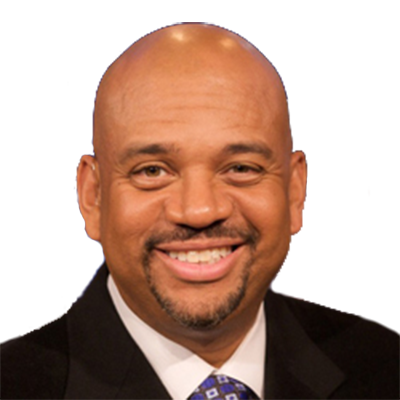 Michael Wilbon
Michael Wilbon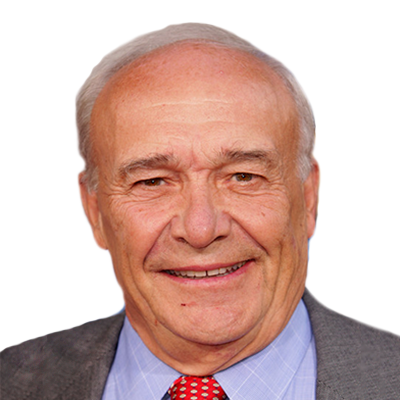 Bill Nack
Bill Nack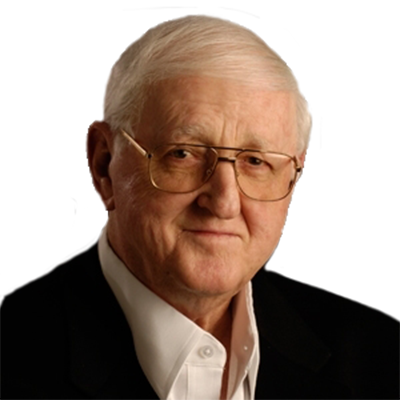 Dan Jenkins
Dan Jenkins Sally Jenkins
Sally Jenkins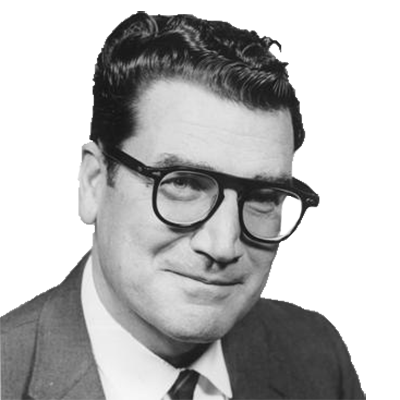 Jim Murray
Jim Murray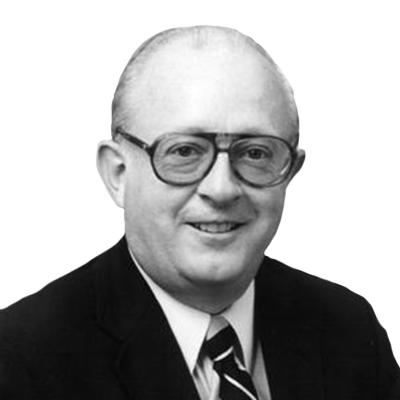 Dave Anderson
Dave Anderson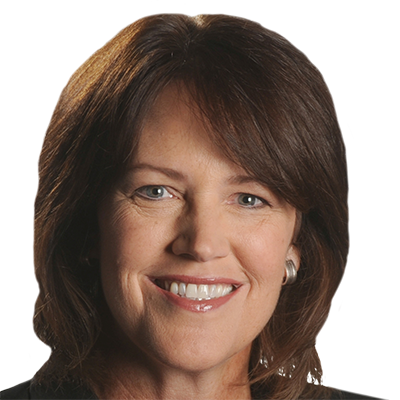 Christine Brennan
Christine Brennan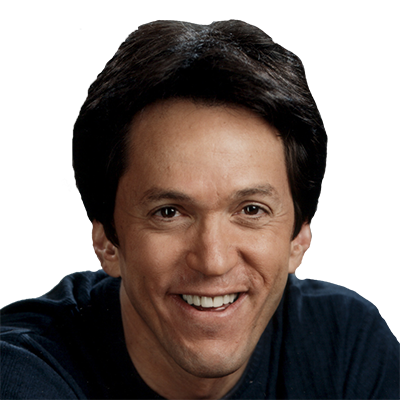 Mitch Albom
Mitch Albom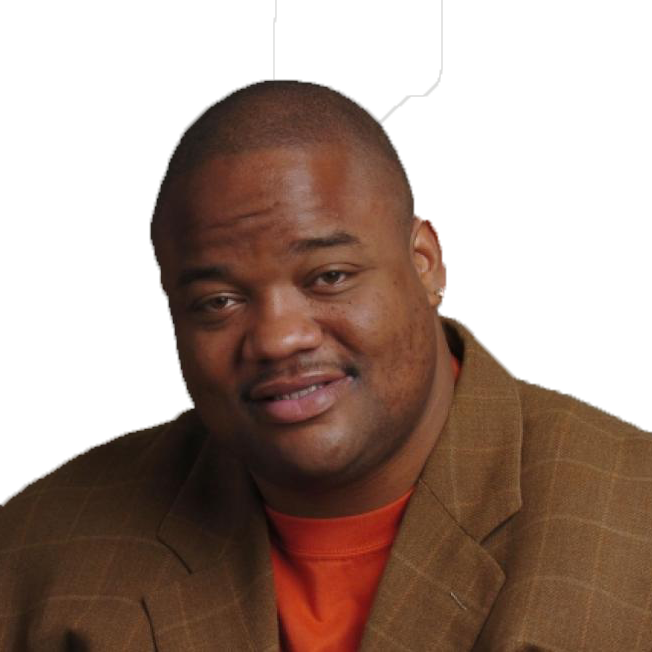 Jason Whitlock
Jason Whitlock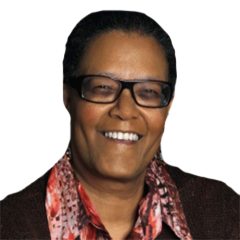 Claire Smith
Claire Smith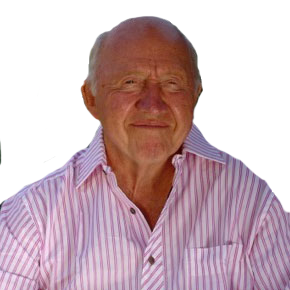 Bud Collins
Bud Collins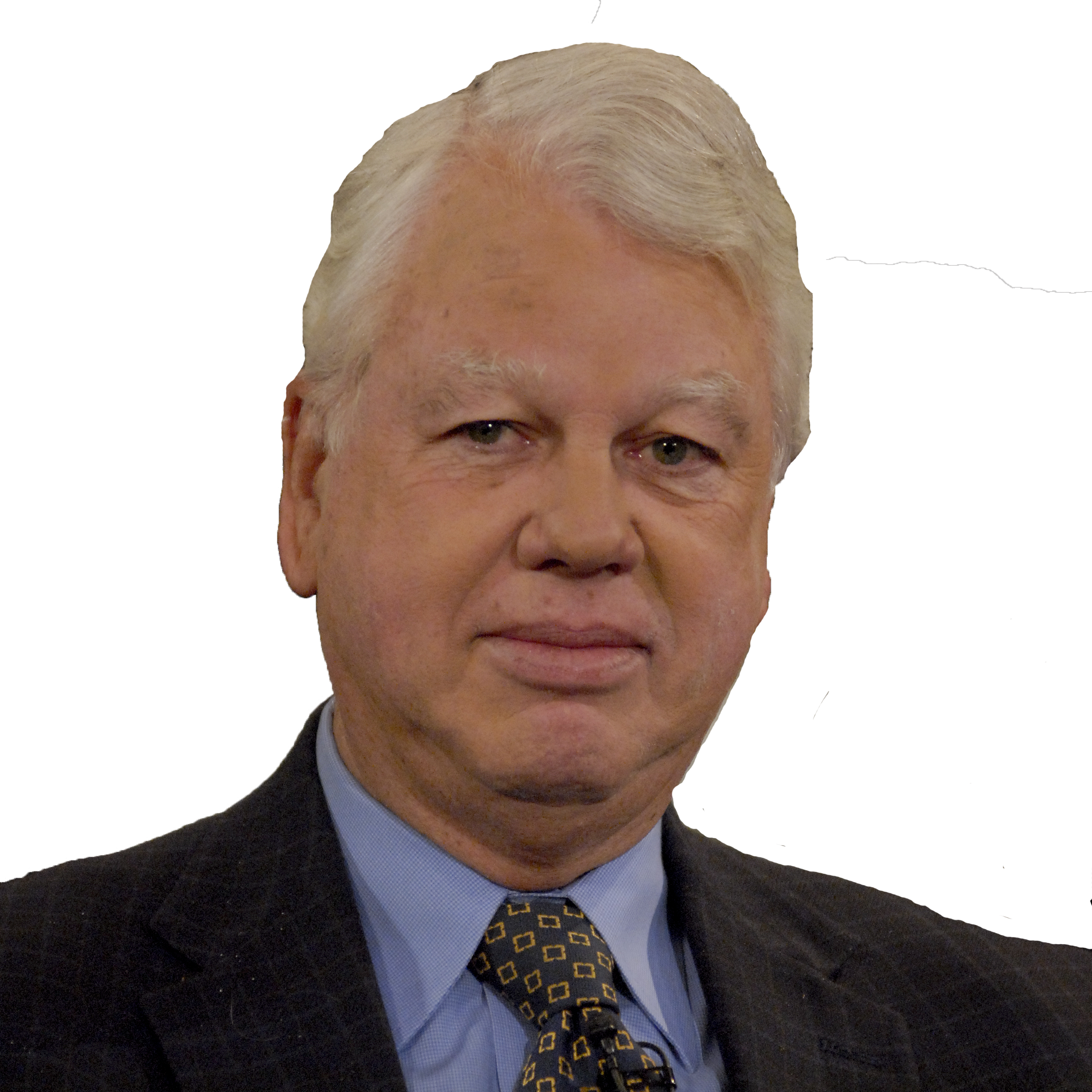 Bob Ryan
Bob Ryan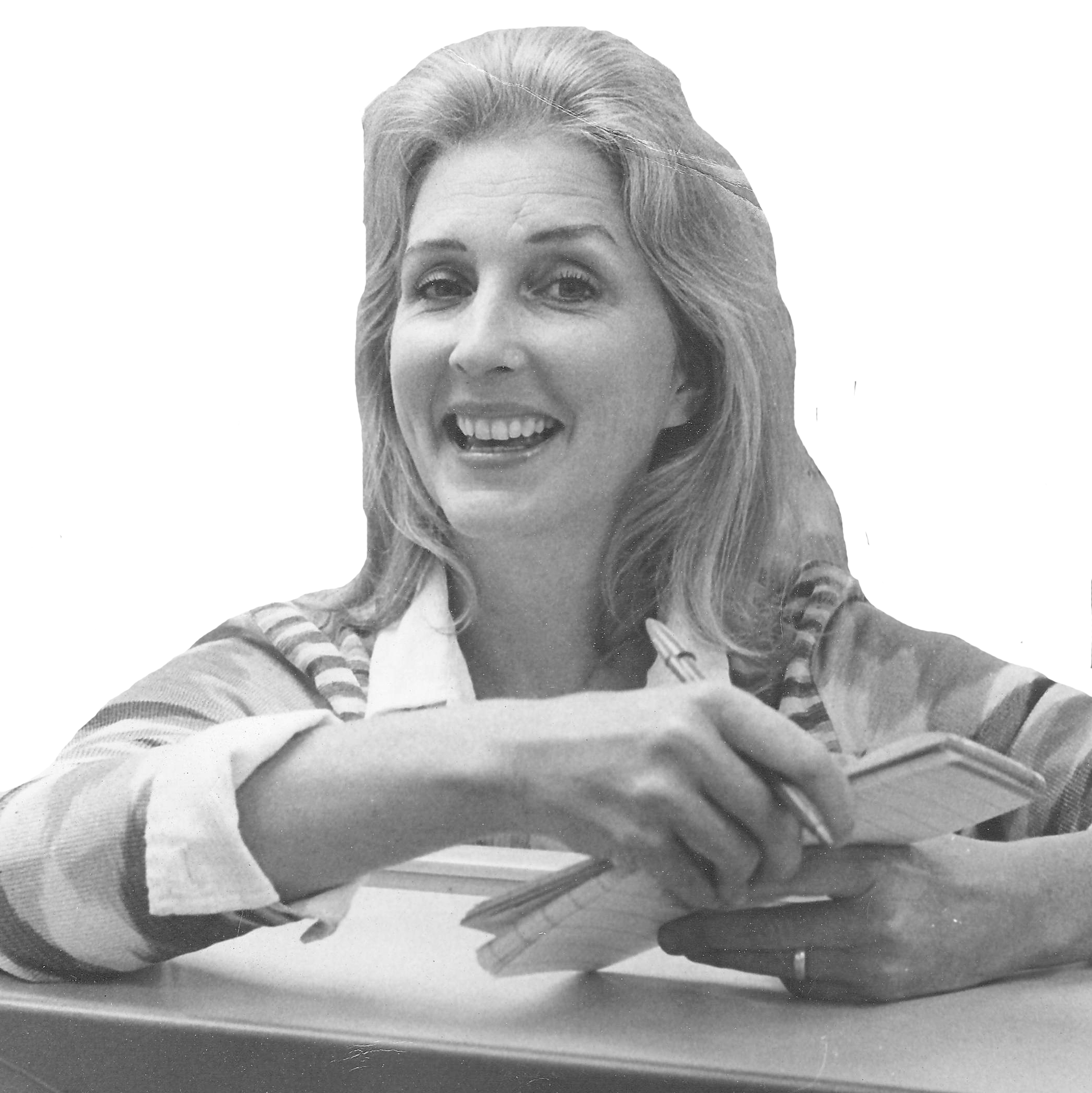 Joan Ryan
Joan Ryan Peter King
Peter King Wright Thompson
Wright Thompson John Feinstein
John Feinstein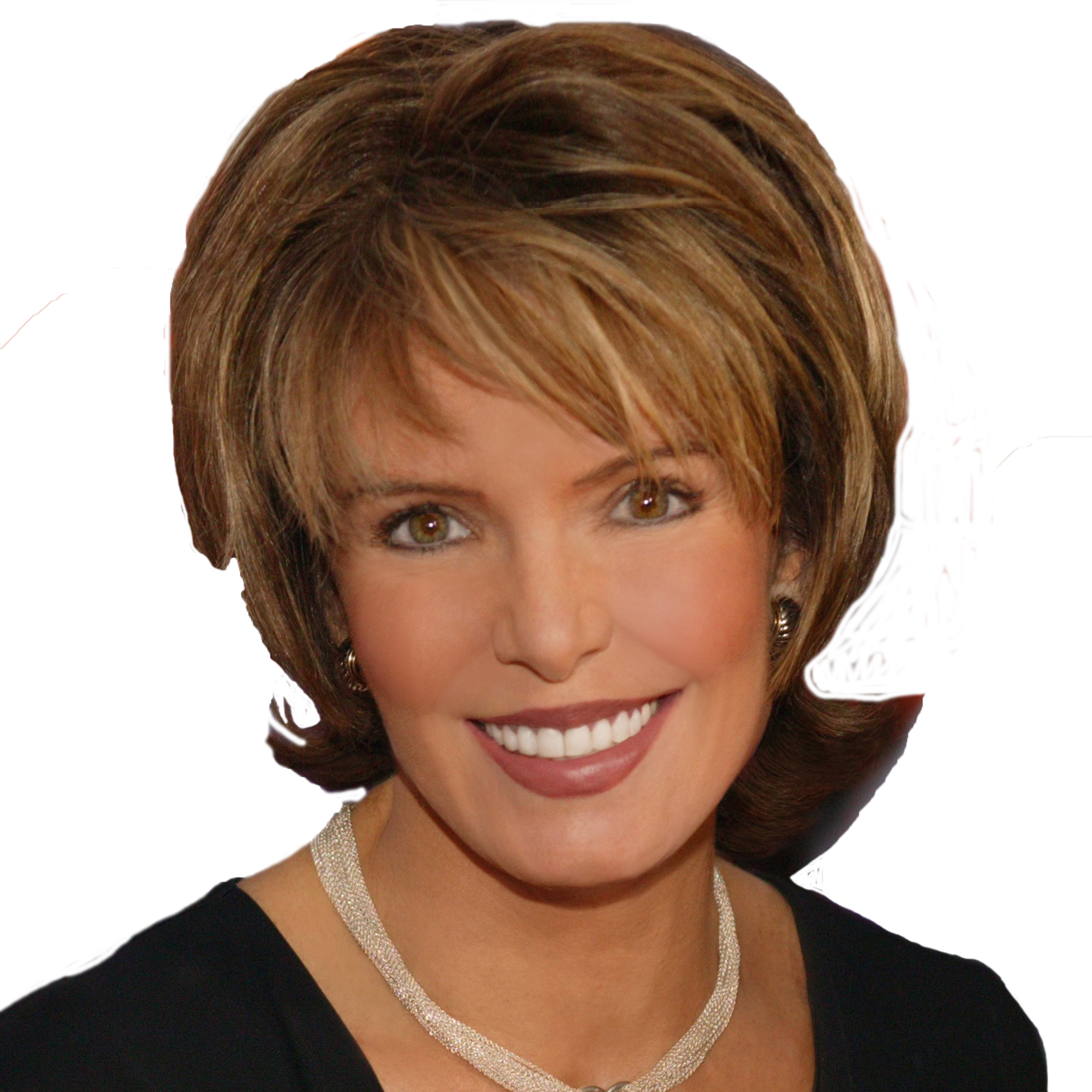 Lesley Visser
Lesley Visser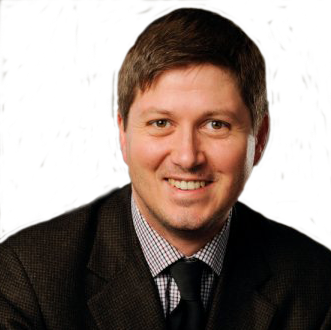 Will Leitch
Will Leitch Tim Kurkjian
Tim Kurkjian Joe Posnanski
Joe Posnanski
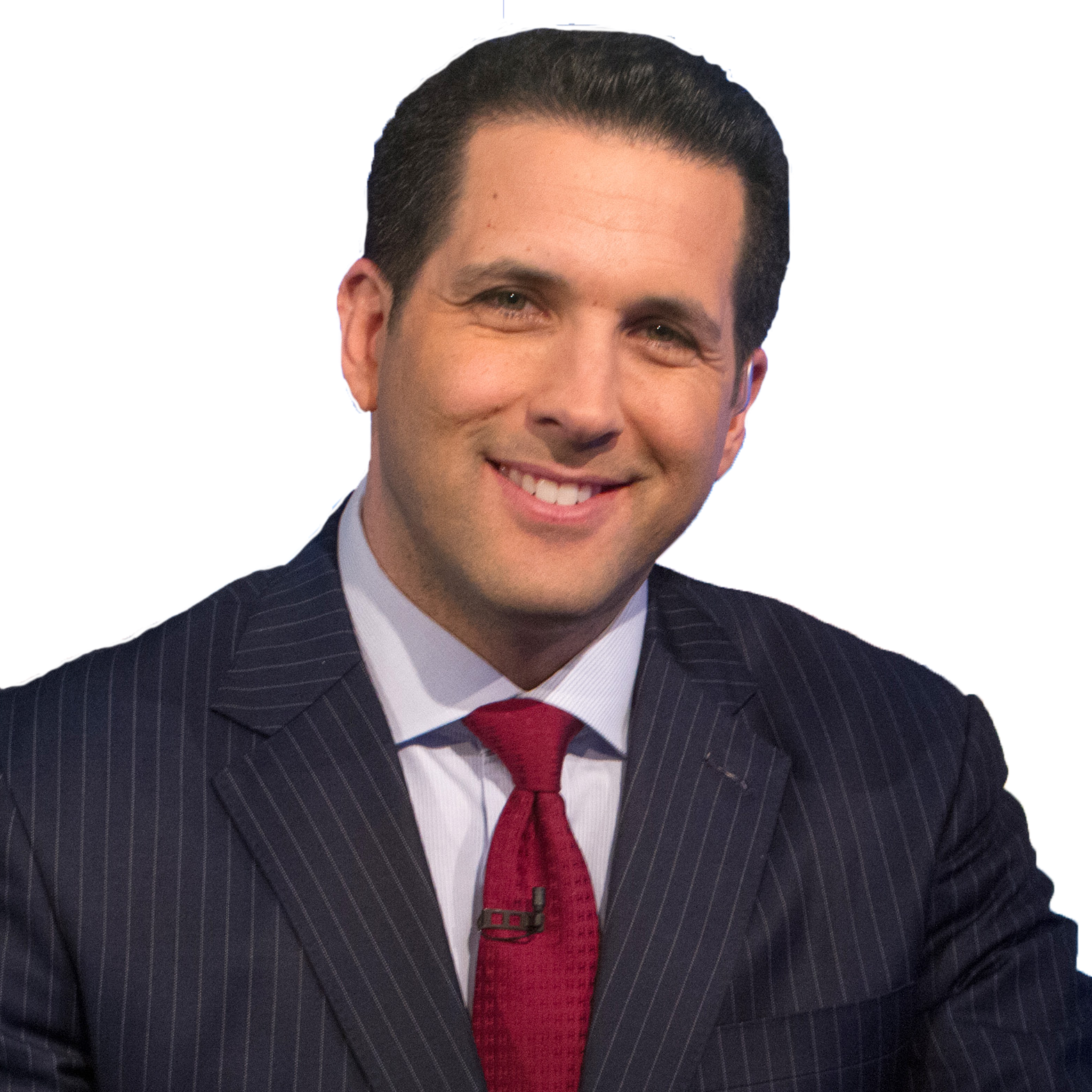 Adam Schefter
Adam Schefter
 Terry Taylor
Terry Taylor
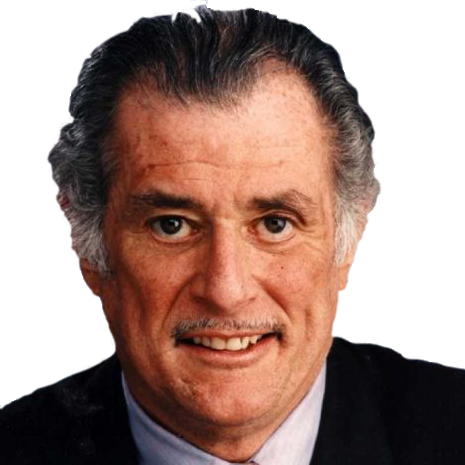 Frank Deford
Frank Deford
 Tom Boswell
Tom Boswell
 Neil Leifer
Neil Leifer
 Sam Lacy
Sam Lacy
 Jane Leavy
Jane Leavy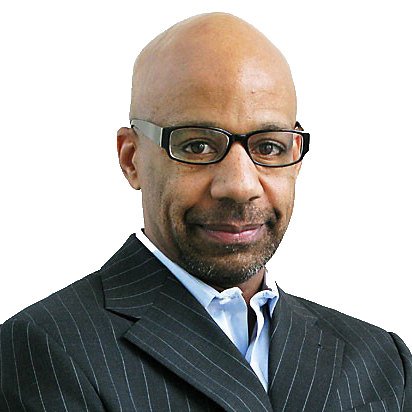 Kevin Blackistone
Kevin Blackistone Juliet Macur
Juliet Macur Andrew Beyer
Andrew Beyer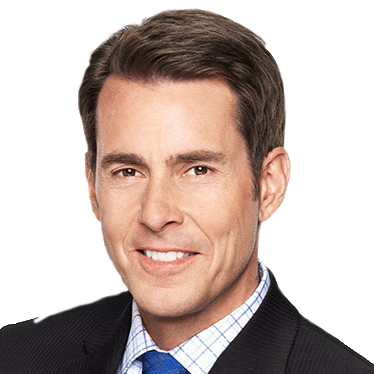 Tom Verducci
Tom Verducci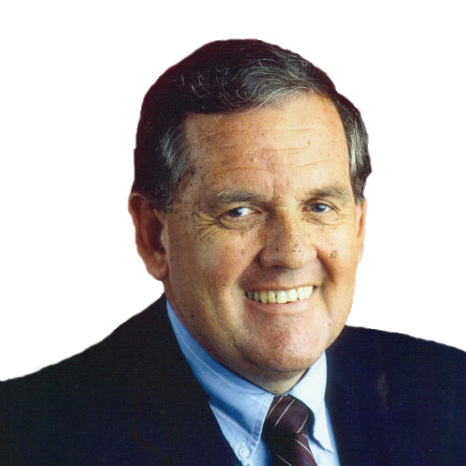 Hubert Mizell
Hubert Mizell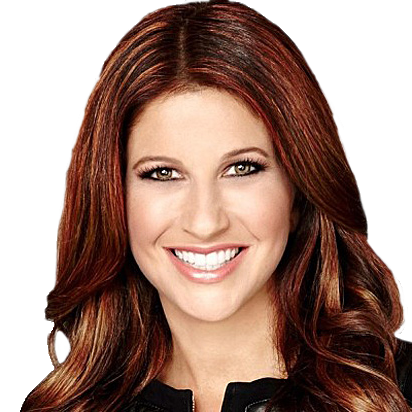 Rachel Nichols
Rachel Nichols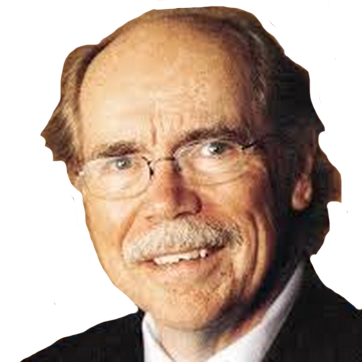 Dave Kindred
Dave Kindred Mike Lupica
Mike Lupica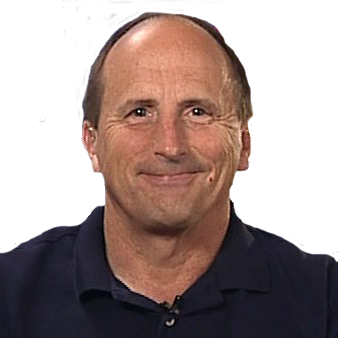 Richard Justice
Richard Justice Jerry Izenberg
Jerry Izenberg Bill Plaschke
Bill Plaschke Kevin Van Valkenburg
Kevin Van Valkenburg George Vecsey
George Vecsey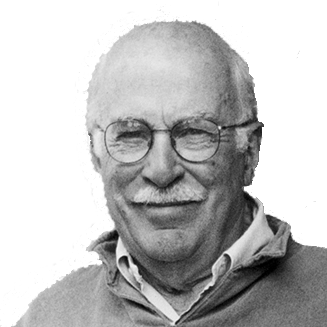 Roger Angell
Roger Angell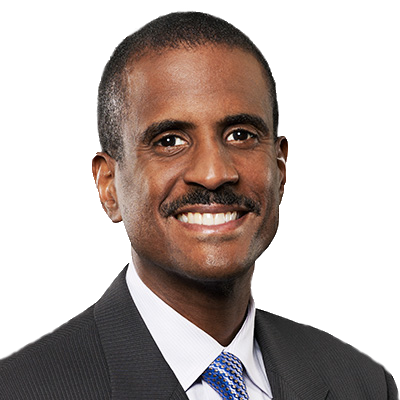 David Aldridge
David Aldridge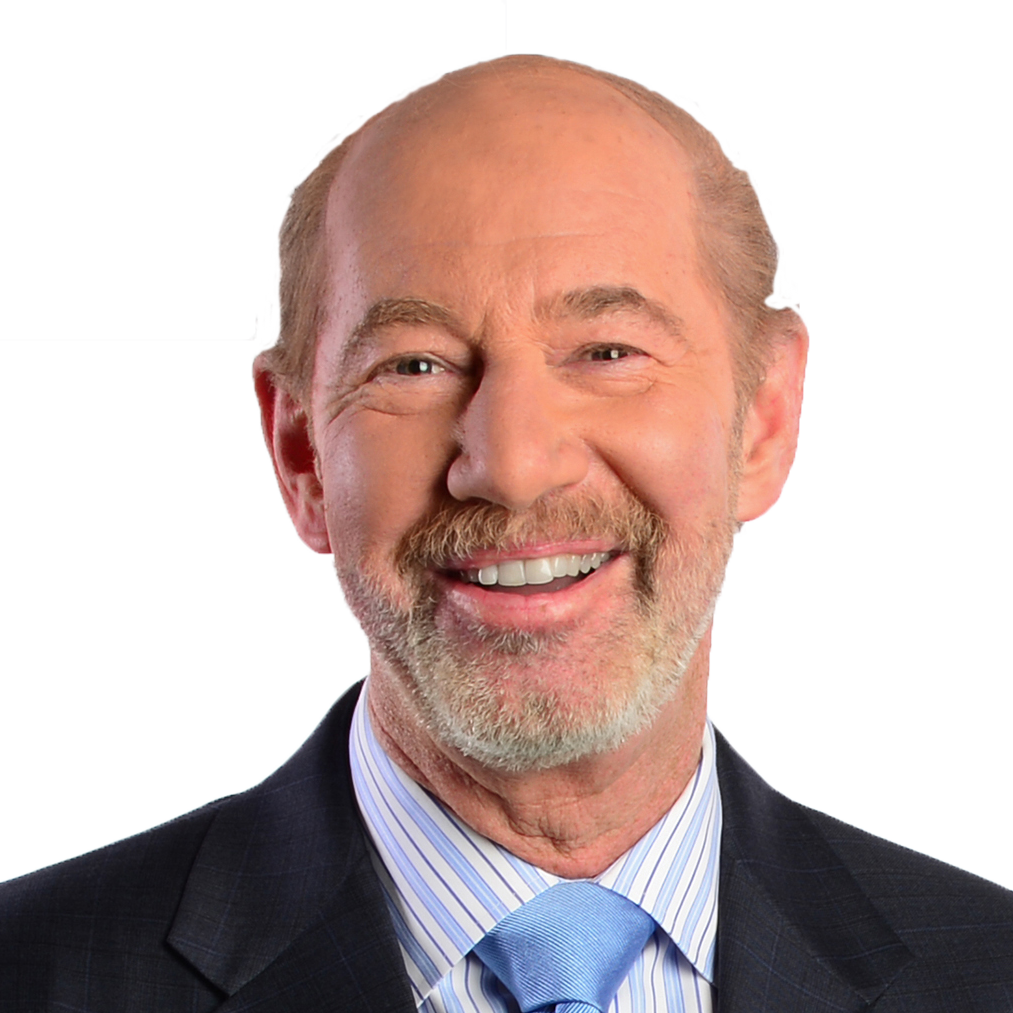 Tony Kornheiser
Tony Kornheiser Jackie MacMullan
Jackie MacMullan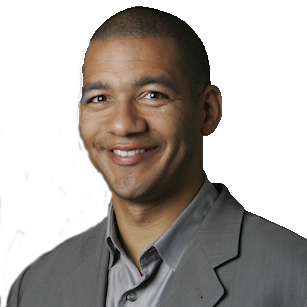 J.A. Adande
J.A. Adande Robert Lipsyte
Robert Lipsyte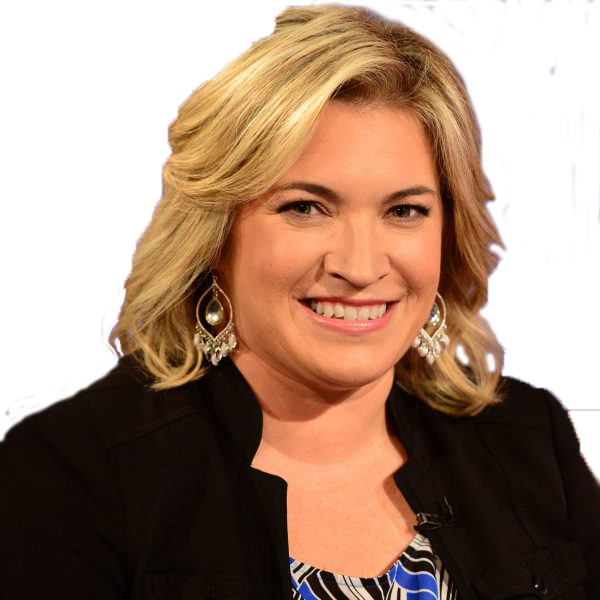 Ramona Shelburne
Ramona Shelburne David Remnick
David Remnick Bryan Curtis
Bryan Curtis Chuck Culpepper
Chuck Culpepper Jason Gay
Jason Gay Heidi Blake
Heidi Blake Dan Steinberg
Dan Steinberg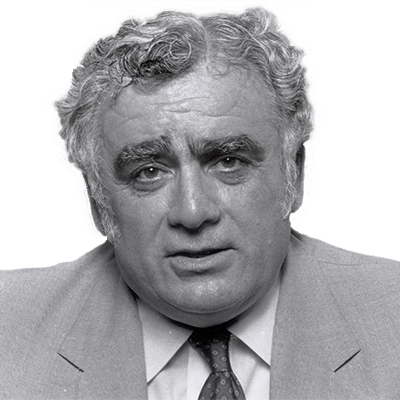 Jerome Holtzman
Jerome Holtzman Barry Svrluga
Barry Svrluga
